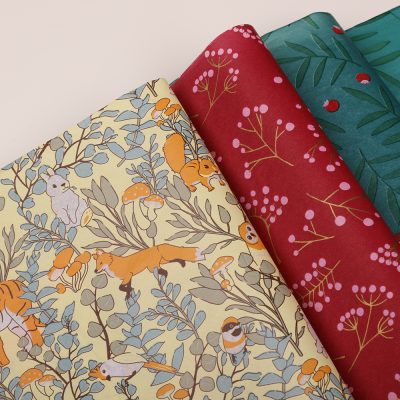From cereal boxes to ready-to-eat food boxes to pharmaceutical packaging, folding cartons are a key product in the global packaging market. This growth driver is mainly driven by the growing demand for health products and cigarettes, dry food and frozen/refrigerated food, especially in emerging economies, in contrast, demand in developed regions may be slightly moderate. The following market research reports highlight five important trends driving carton packaging.
The barriers to migration
The migration of contamination from paperboard used in food packaging has become a concern amid awareness of the potential threat to consumer health posed by mineral oils in recycled newsprint.
In June 2012, the UK Food Standards Agency announced the development of a scanner to detect the unintentional migration of chemicals from the outer surface of food packaging to the inner surface of food contact, including substances used in printing inks. The result has been a surge in the development of migration barriers that prevent the migration of known and unknown substances that could prove harmful to consumers.
2. Simplify
Driven by the need to reduce costs and a desire to attract positive publicity, brand owners are constantly striving to reduce the amount of packaging used in their products.
Single serving packaging
The trend towards smaller packaging to reduce packaging volume is offset by simultaneous moves in single-serving packaging in many end-user segments. Smaller packages often consume more material and increase overall package volume than the larger packages they replace.
The demand for single-serve packaging is driven by two factors, the increase in the number of single-person households and the increase in demand from consumers due to different eating times at home. These trends resulted in more than half of new prepared food launches in the UK in 2012 being single-serving packs.
Printing Technology
To differentiate their products in an increasingly crowded market, brand owners are becoming more demanding of converters and printers. The growing demand for packaging accessories, such as QR codes, holographic images, Fresnel lenses and other 3D devices, has spurred the development of packaging design and printing technologies.
3. Small package for single serving
The trend towards smaller packs and reduced pack volume is offset by synchronised measures for single-person packs in many end-user segments. Smaller packages tend to consume more material, increasing the total packaging material.
The demand for single-serve packages is driven by two factors: the increase in the number of single-person households and the increase in consumer demand due to the different eating times of household members. These trends have resulted in more than half of prepared foods being individually packaged.
Fourth, printing technology
To differentiate their products in an increasingly crowded market, brand owners are increasingly demanding converters and printers. The requirements for packaging accessories such as QR codes and holograms on the packaging are constantly increasing, which promotes the development of packaging design and printing technology.
5. Smart Packaging
The development of printed electronics has facilitated the development of smart packaging, making smart packaging more economical by reducing the high costs associated with the technology. Driven by demand, there is an increasing demand for smart packaging with rising disposable income and stringent regulations and management. As this field continues to develop, its impact on the packaging market is inevitable.









